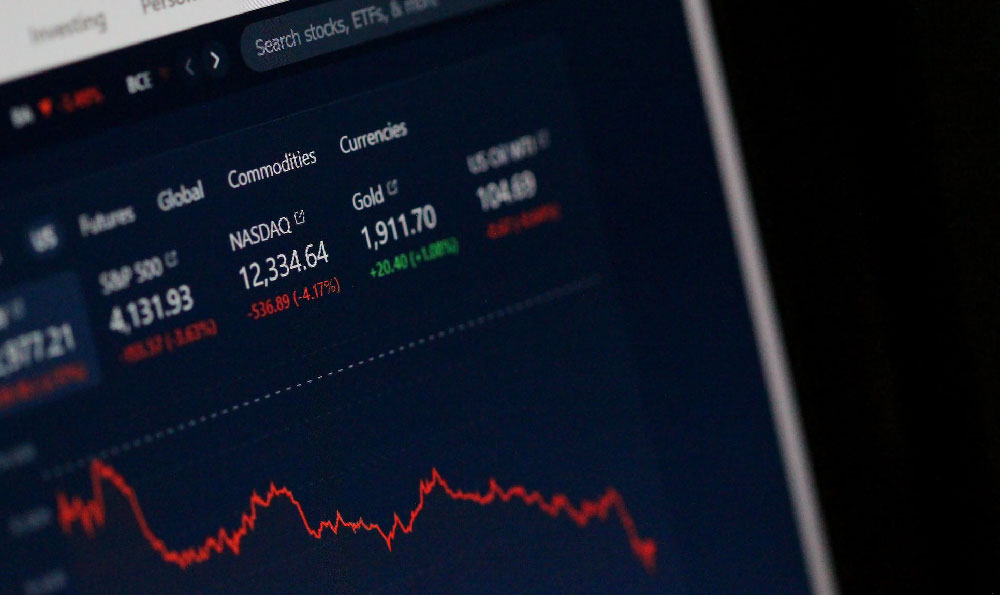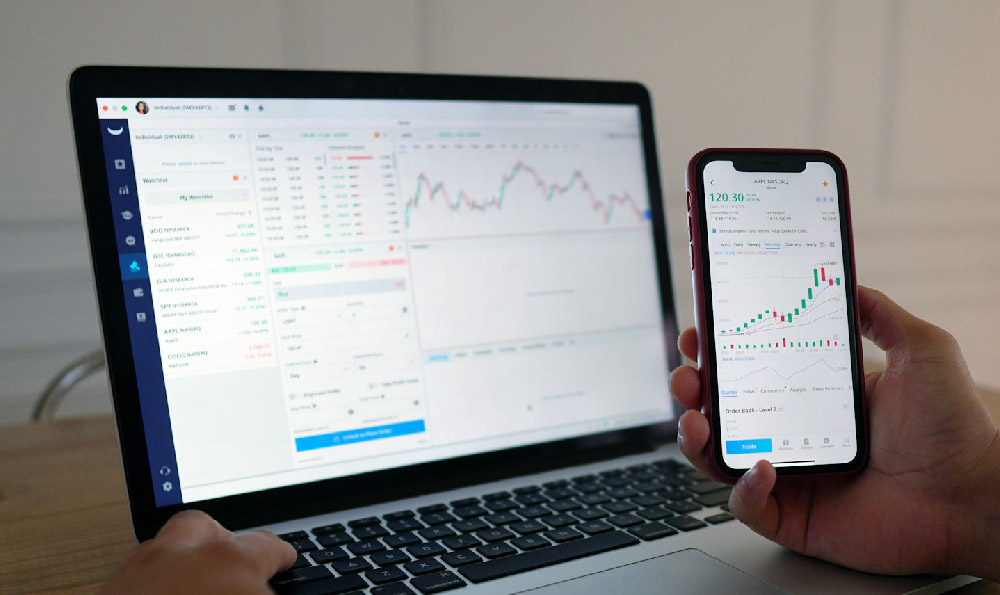The concept of financial savings as a strategic approach to wealth accumulation is not new, yet its application in the realm of virtual currency investment requires a nuanced understanding of market dynamics, risk tolerance, and long-term planning. Unlike traditional savings, which often emphasize universal principles like budgeting and compound interest, modern crypto portfolios necessitate a blend of technical analysis, psychological discipline, and macroeconomic awareness. At its core, constructing a robust savings plan demands more than just setting aside funds—it requires a deliberate framework that aligns personal financial goals with the volatile yet promising nature of digital assets. This guide explores the essential components of such a plan, emphasizing the interplay between quantitative strategies, market foresight, and behavioral economics to foster sustainable growth.
A foundational element of any savings plan is the ability to evaluate market cycles with precision. Virtual currency markets are notoriously cyclical, experiencing periods of rapid appreciation followed by sharp corrections. Understanding these patterns is crucial for timing investments effectively. For instance, recognizing the phases of bull and bear markets—where institutional buying inflates prices during bullish periods and retail panic drives downturns—allows investors to position their capital strategically. Historical data reveals that over the long term, market corrections often present buying opportunities, provided investors have the patience and discipline to act. Seasoned traders leverage tools like moving averages and Fibonacci retracements to anticipate trend reversals, integrating these insights into their savings plan to avoid overbuying during euphoria or selling prematurely during fear. The key lies in maintaining a psychological detachment from short-term volatility while remaining responsive to structural shifts in the market.
Technical indicators serve as the compass for navigating the digital asset landscape. Metrics such as the relative strength index (RSI) and volume-weighted average price (VWAP) provide quantitative signals about market sentiment and price momentum. For example, an RSI reading above 70 suggests overbought conditions, potentially indicating a need for hedging or rebalancing a portfolio. Conversely, readings below 30 may signal oversold opportunities. Advanced investors often combine multiple indicators, such as MACD and stochastic oscillators, to validate signals and reduce false positives. However, it is vital to approach these tools with critical thinking—no single indicator can predict market movements with certainty. A well-rounded savings plan integrates technical analysis with fundamental research, examining factors like project adoption rates, blockchain innovation, and macroeconomic trends to form a comprehensive view of the market. This dual approach minimizes reliance on any one factor, creating a more resilient investment strategy.

Risk management is paramount in any financial plan, especially when dealing with the unpredictable nature of crypto assets. The inherent volatility of virtual currencies demands a structured risk mitigation framework, such as asset allocation, stop-loss orders, and due diligence processes. For example, diversifying a portfolio across multiple asset classes, including both established cryptocurrencies and emerging projects, reduces exposure to any single market fluctuation. Investors can also employ dollar-cost averaging, systematically investing a fixed amount at regular intervals, to counteract the impact of price volatility. Additionally, securing assets through cold wallets, multisignature accounts, and regular security audits ensures that the savings plan remains protected against cyber threats and market manipulations. The goal is to create a risk profile that balances potential returns with the capacity to withstand downturns, avoiding the pitfalls of over-leveraging or neglecting security measures.
The compounding effect of a savings plan is amplified when aligned with the long-term trajectory of cryptocurrency adoption. Unlike traditional investments, where returns are tied to physical assets, crypto savings capitalize on technological disruption and network effects. For example, projects that integrate with real-world industries, such as DeFi platforms or blockchain-based supply chains, exhibit measurable growth over time as their utility expands. A strategic savings plan should therefore prioritize assets with demonstrated scalability, community engagement, and sustainable business models. Investors can monitor metrics like transaction volume, developer activity, and user growth to gauge a project's long-term viability. However, it is essential to avoid the trap of chasing hype, as many high-profile projects fail to deliver on their promises. Instead, focusing on fundamental drivers of value creates a more reliable growth mechanism.
Security and compliance are often overlooked components of a savings plan. As virtual currencies become more mainstream, regulatory frameworks are evolving to address risks such as money laundering and fraudulent activities. A proactive savings plan incorporates compliance measures, such as Know Your Customer (KYC) protocols and Anti-Money Laundering (AML) checks, to ensure adherence to legal standards. Additionally, protecting assets through multi-factor authentication, hardware wallets, and decentralized exchanges minimizes exposure to centralized risks. Investors should also consider tax implications, as the global treatment of crypto assets varies widely. By integrating compliance and security into the savings plan, investors can mitigate legal and financial risks while safeguarding their capital.
The psychological dimension of a savings plan is as critical as the technical and financial aspects. Emotional decision-making often leads to impulsive trades that undermine long-term strategies. A disciplined approach involves setting clear investment objectives, maintaining a cool head during market fluctuations, and resisting the temptation to speculate on short-term price movements. For instance, implementing a strict 10% allocation rule for high-risk assets ensures that a savings plan remains balanced even in uncertain environments. Practicing regular portfolio reviews and adjusting allocations based on market conditions and personal goals also reinforces financial stability. By cultivating a mindset of patience, adaptability, and long-term vision, investors can align their savings plan with the realities of the crypto market.
Ultimately, a successful savings plan requires more than just passive accumulation—it demands active management, strategic foresight, and unwavering discipline. By analyzing market cycles, leveraging technical indicators, implementing robust risk management protocols, and maintaining a strong focus on security and compliance, investors can create a framework that maximizes returns while minimizing vulnerabilities. The journey of growing money through virtual currencies is not without challenges, but with a well-structured savings plan, the risks can be navigated with confidence. As the digital economy continues to evolve, the principles of financial savings will remain timeless, guiding investors toward sustainable wealth creation.












